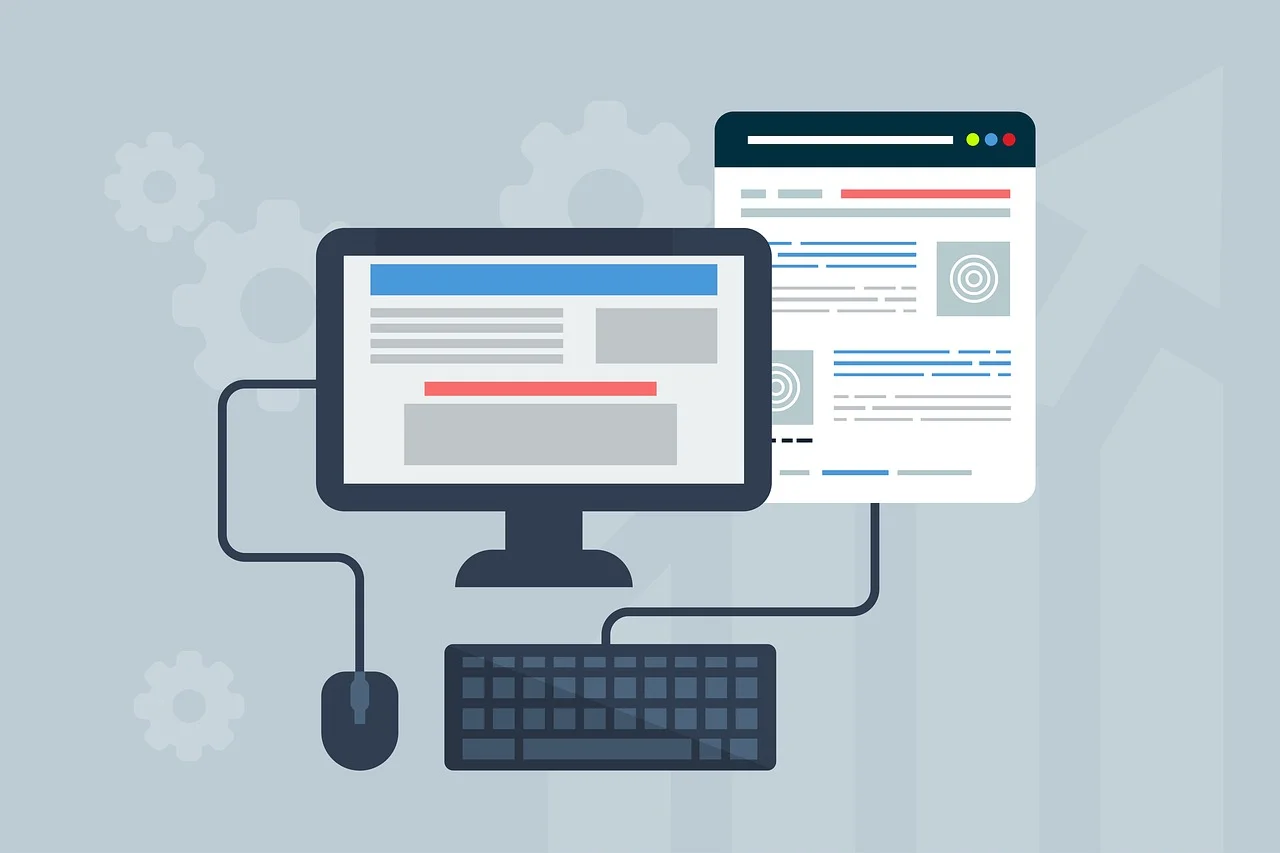Boost Website Speed and Performance with These Proven Techniques

Boost Website Speed and Performance with These Proven Techniques
In the fast-paced digital world, your website speed is more than just a technical detail—it's a critical factor that can make or break your online success. A slow-loading site frustrates users, increases bounce rates, and negatively impacts SEO rankings. Whether you're running an e-commerce store, a service website, or a personal blog, improving speed and performance is essential for user satisfaction and conversion.
One of the most effective ways to improve website performance is by optimizing images. Since images usually make up a large portion of a webpage’s weight, compressing and resizing them helps reduce load time. Using modern image formats like WebP or AVIF, applying compression through tools, and enabling lazy loading so images load only when in view can significantly enhance performance.
Another key technique is to minify your CSS, JavaScript, and HTML files. This process removes unnecessary characters such as spaces and comments, making the files smaller and faster to load. Minification is often handled by tools during the build process and is a standard part of modern web development.
Using a content delivery network can greatly boost site speed by distributing your content across multiple servers around the globe. This ensures users load your website from a server geographically closer to them, which reduces latency and improves access speed.
Browser caching is also a crucial performance booster. It stores common assets like stylesheets and images on the user’s device so they don’t have to be downloaded again on repeat visits. Proper cache headers and configurations can make a big difference in the return visitor experience.
The time it takes for your server to respond, also known as Time to First Byte (TTFB), is another factor to watch. Choosing a fast hosting provider, using SSD storage, and optimizing backend logic and database queries can all contribute to a lower TTFB and faster page loads.
Loading JavaScript files asynchronously is another powerful optimization. This ensures that the browser can continue rendering the page while scripts load in the background, rather than being blocked by them. Adding async or defer attributes to script tags makes this possible.
File compression techniques like GZIP or Brotli can reduce the size of your website’s code before it’s sent to the user’s browser. This means less data to download, faster delivery, and improved load times. Most servers and CDNs support these compression methods by default.
Finally, removing unnecessary plugins, fonts, and third-party scripts helps eliminate performance bottlenecks. Every external resource adds to your site’s load time, so regularly auditing and cleaning up what isn’t needed keeps things running smoothly.
Improving your website’s speed is an ongoing process, but even small changes can deliver big results. A faster website not only provides a better experience for users but also supports better rankings in search engines and higher conversion rates. Prioritizing performance is one of the smartest investments you can make in your online presence.
"A fast website isn't just a luxury—it's a necessity. In 2025, performance equals professionalism, and even a one-second delay can mean the difference between gaining a customer or losing one forever."
Why Website Speed Matters More Than Ever in 2025
Website speed and performance are critical factors that directly impact user experience, search engine rankings, and conversion rates. In today’s competitive digital space, even a few seconds of delay can lead to lost traffic, reduced engagement, and lower revenue. A fast, well-optimized website not only keeps visitors happy but also builds trust and credibility. Whether you’re managing an online store, a service platform, or a content-based site, improving your website’s performance is essential to staying ahead. In 2025, with growing user expectations and evolving technologies, businesses can no longer afford to overlook performance. From mobile responsiveness to SEO and real-time interaction, speed is at the core of digital success. This article explores proven techniques to help you boost your website’s speed and deliver a seamless, future-ready user experience.
